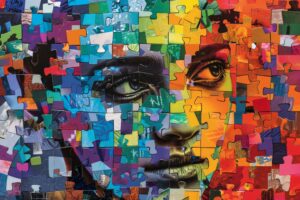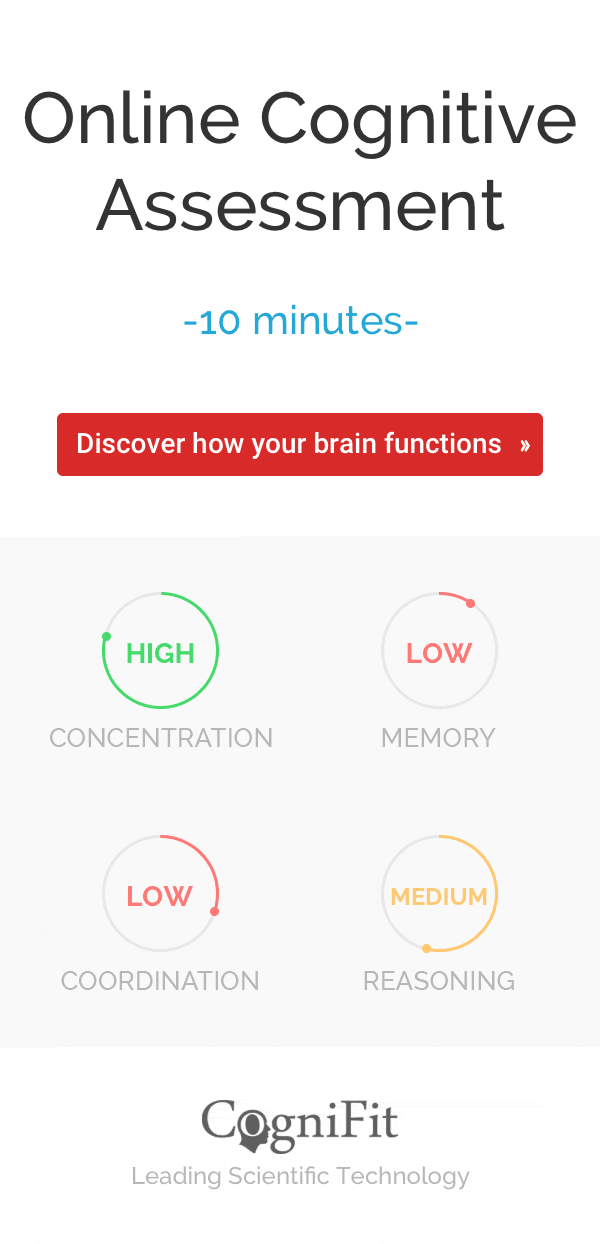
Scientists Uncover Neural Network Powering Human Creativity
A groundbreaking study from Brigham and Women’s Hospital (USA) has uncovered a common brain circuit responsible for creativity. By analyzing data from 857 patients across 36 functional magnetic resonance imaging (fMRI) studies, researchers have mapped a neural network that plays a crucial role in creative thought. The findings, published on February 13, 2025, reveal how different brain regions work together to foster creativity, shedding light on the complex relationship between brain circuits and human imagination.

Note: This article is intended for general information and educational purposes. It summarizes scientific research in accessible language for a broad audience and is not an official scientific press release.
The Study: How Researchers Identified the Creativity Circuit
Collaborative Efforts and Study Design
As ScienceDaily reports, the study was led by Julian Kutsche, MA, during his research fellowship at the Center for Brain Circuit Therapeutics, in collaboration with experts from Boston Children’s Hospital, University College London, University of Georgia, Max Planck Institute for Human Cognitive and Brain Sciences, and Charité Berlin. Co-senior authors Isaiah Kletenik, MD, and Michael D. Fox, MD, PhD, oversaw the project, bringing their expertise from Brigham and Women’s Hospital, a founding member of the Mass General Brigham healthcare system.
Data Collection and Methodology
To map the creativity circuit, researchers analyzed data from 857 participants gathered from 36 fMRI studies. Participants engaged in a range of creative tasks — such as drawing, creative writing, and musical improvisation — while their brain activity was recorded.
The team used coordinate-based meta-analysis to aggregate data from multiple studies, pinpointing regions commonly activated during creative thinking. They then employed lesion network mapping to examine cases where patients with brain injuries experienced changes in creativity — either enhancement or decline.
Participants included healthy individuals, as well as patients who had suffered brain injuries or neurodegenerative diseases. By comparing healthy brain function to altered states, researchers identified key circuits consistently involved in creativity. Advanced imaging techniques allowed them to track how different brain regions communicated during creative tasks, leading to the discovery of the negative connection to the right frontal pole.
Unlike previous studies that attempted to pinpoint creativity within specific brain regions, this research highlights the importance of brain circuits. The study found that creativity doesn’t reside in a single area but emerges from complex networks connecting various regions. A key discovery was the negative connection between regions involved in creative tasks and the right frontal pole — an area responsible for monitoring and rule-based behavior.
This finding supports the idea that creativity often involves turning off self-censorship, enabling free-flowing thought and idea generation. By identifying this circuit, the study offers a new perspective on how creative processes unfold in the brain.
Key Findings: Unlocking the Secrets of Creativity
- Creativity Maps to Brain Circuits, Not Specific Regions
- The study found that creative activities activate a network of brain regions rather than a single area. This helps explain the diversity of creative expression, from art and music to problem-solving.
- Example: A musician improvising a melody and a writer crafting a poem may engage different brain regions, but both tap into the same creativity circuit.
- Negative Connection to the Right Frontal Pole
- Brain regions involved in creativity were found to be negatively connected to the right frontal pole, which regulates rule-based thinking.
- Example: This may explain why people often have their most creative ideas when they “let go” of rigid thinking — like coming up with a novel solution during a relaxed walk.
- Brain Injuries Can Trigger or Inhibit Creativity
- The study found that some neurological diseases can lead to increased creativity, while others may diminish it, depending on how the brain circuits are affected.
- Example: Certain neurodegenerative diseases may cause individuals to develop newfound artistic abilities, as seen in rare cases of frontotemporal dementia.
- Turning Off the Inner Critic Boosts Creativity
- The research supports the idea that creativity involves silencing the brain’s self-censoring mechanisms, allowing for freer expression.
- Example: Writers experiencing “flow” often describe a state where their inner critic is quiet, enabling them to write effortlessly.
- Potential for Brain Stimulation to Enhance Creativity
- The identification of a specific creativity circuit opens the door to targeted brain stimulation therapies aimed at boosting creativity.
- Example: Non-invasive brain stimulation techniques could one day help artists, writers, or even students enhance their creative thinking.
The Cognitive Dance: Balancing Control and Creativity
The study highlights the intricate balance between cognitive control and creativity. While the right frontal pole helps with rule-following and self-monitoring, its reduced activity appears to foster creative thought. This suggests that creativity isn’t about having a “smarter” brain but one capable of shifting between controlled and free-flowing thought processes.
Creativity requires a delicate dance between structured thinking and imaginative exploration. Too much cognitive control can stifle creativity, leading to rigid, conventional ideas, while too little control can result in chaotic or unfocused thoughts. The study’s discovery of the negative connection to the right frontal pole underscores how the brain toggles between these modes.
For instance, problem-solving often begins with logical, rule-based thinking but shifts into creative ideation when conventional solutions fail. Similarly, artists and writers frequently describe entering a “flow state,” where conscious self-monitoring fades, and creative expression takes over.
This balance also has implications for cognitive shifting — the ability to adapt thinking and approach problems from new angles. Enhanced creativity is often linked to greater cognitive flexibility, allowing individuals to shift between divergent and convergent thinking as needed.
Implications for Science, Medicine, Education, and Society
Advancing Neuroscience and Understanding Neurodiversity
The discovery of a creativity circuit has far-reaching implications. In neuroscience, it offers a deeper understanding of how complex behaviors emerge from brain networks rather than isolated regions.
Medical Applications and Brain Stimulation
For medicine, this research paves the way for therapies that could help individuals struggling with cognitive rigidity or conditions that suppress creativity. Brain stimulation targeting the identified circuit could one day aid patients in regaining or enhancing their creative abilities.
Educational Strategies to Foster Creativity
In education, the findings could influence teaching methods that encourage creative thinking. By understanding how the brain fosters creativity, educators can develop strategies that help students unlock their potential by reducing cognitive inhibition.
Societal Impact and Embracing Neurodiversity
The study also highlights the importance of neurodiversity, showing that brain changes traditionally seen as pathological can sometimes enhance creativity. This insight could shift societal perceptions, fostering a greater appreciation for diverse ways of thinking and creating.
Conclusion
The groundbreaking research from Brigham and Women’s Hospital marks a significant step forward in our understanding of creativity. By mapping a specific brain circuit involved in creative thought, the study reveals how the interplay between different brain regions allows us to imagine, innovate, and express ourselves.
This discovery not only advances the field of neuroscience but also holds promise for medical therapies, educational strategies, and a broader appreciation of neurodiversity. As we continue to explore the mysteries of the brain, studies like this bring us closer to understanding what makes human creativity so unique—and how we can nurture it in ourselves and others.
The information in this article is provided for informational purposes only and is not medical advice. For medical advice, please consult your doctor.













